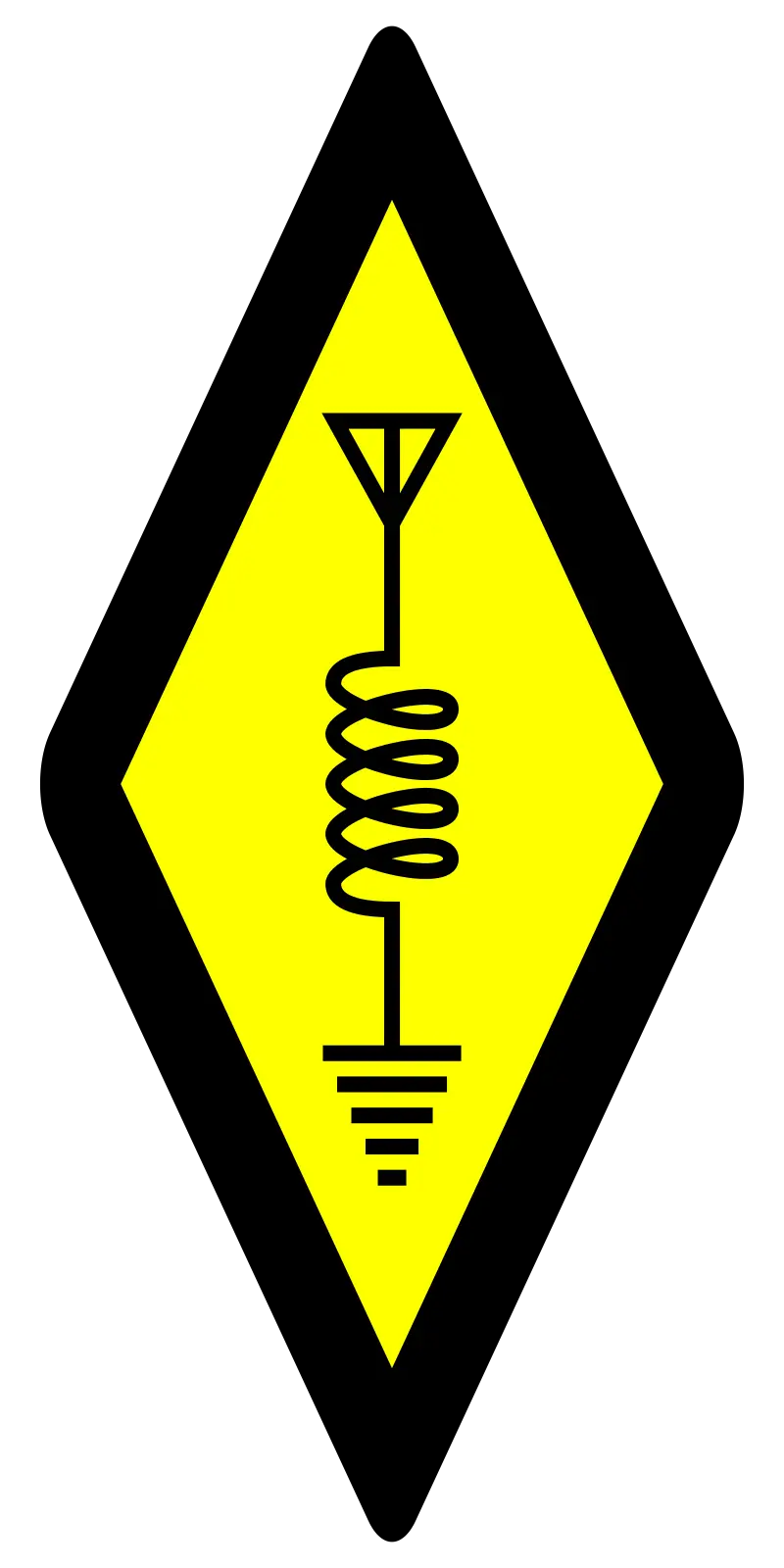

They reference sleighs because they are (were) a practical and fun way of getting around in winter. Sleighs are associated with Santa but the songs aren’t about his sleigh.


They reference sleighs because they are (were) a practical and fun way of getting around in winter. Sleighs are associated with Santa but the songs aren’t about his sleigh.


Lots of Christmas songs are actually just winter songs.
Frosty the snowman
Jingle bells
Winter wonderland
Sleigh ride


Very cool thanks for sharing


Yeah we humanize them because it’s important to remember that essentially anyone that ends up in their position will behave similarly. They aren’t demons, they’re humans. We should stop putting people in their position.
What worked for me was taking my meds the same moment I put on deoderant. That way I can double check whether I took them by smelling my armpit before I leave the house.


FWIW Abraham Lincoln typed
:)
but it was an accident


Yeah, and obviously if the ‘hot’ water isnt hot, there isn’t anything it can do.


I’m not even a ham and I know Baofeng are infamous for spurious emissions. Have they been getting away with it by just not telling the FCC that they’re selling transmitters?


It came from the state as a way to impose fines


Titration is just a gradual increase in dosage. So there really shouldn’t be a delay unless your pharmacy can’t source low dosages.


Hey I just thought you might be interested to know Dan McClellan elaborated on why he blocked Inspiring Philosophy in a recent video around minute 11.


No, this was in support of my statement that Jesus was a terrible teacher.


John 8 starts with the pericope of the women caught in adultery, one of the edits I mentioned…
Do you know what John 10 doesn’t say?
The father and I and the holy ghost are one, and three, but most of the time one. 3 persons, one being. Like why didn’t he try explaining it to someone that wouldn’t try to kill him, and that was writing things down…


the Son of Man has authority on earth to forgive sins
He says the son of man has the authority to forgive sins. If he is trying to explain that he is god, he is doing a terrible job. To me it seems like he is saying “you think only god can forgive sins, I’ll show you you’re wrong”
If someone were to wrong me, would my child be able to forgive them? Nope.
You’re saying that your omnipotent god can’t authorize someone to forgive sins on its behalf?


Pretty sure he claims to be the son of man.


I don’t think trinitarianism was invented at that point, if Jesus is teaching it there he is doing a terrible job.
The rival god that the son was sacrificed to.


Dan McClellan is a textbook example of this. He is known to block people whom responds to his videos. which is bad faith.
I know he blocks people if he decides they are not engaging productively. Like in the video you linked InspiringPhilosphy says that: when Jesus knew the doubters wondered “who can forgive sins but God”… InspiringPhilosphy insists that they were talking about God the father, but trinitarian belief didn’t exist at the time of the composition of the gospel of Mark right? I suspect Dan lost patience with the retrojection of Trinitarianism.
The Bible hasn’t been heavily edited. There isn’t much proof for this, notably, no original “unedited” documents.
These are the first three edits that come to mind: Pericope of the women caught in adultery is absent from all early manuscripts if the gospel of John. Johannine comma being absent from all Greek manuscripts (except for the forgery from like 1000 years later), short ending of Mark. Also the pseudepigraphal letters of Paul, are editing in a sense.
Yahweh was worshipped in a pantheon though, and the Bible records this. But it’s the writings of a monotheistic sect.
What is monotheism? Is it compatible with belief in the power of rival gods like in 2 Kings 3:27?


I guess you’re referring to Dan McClellan. I’ve consumed a lot of his content via YouTube and his podcast.
It generally seems like a pretty impartial, critical analysis of the data, rather than speculation. But given that he has dominated my understanding of the data I recognize I’ve got a pretty big blindspot. Where would you point me to refute the view that the bible seems to be a source that has been heavily edited to remove its polytheistic origins?
I think they might. We should find someone from Dunedin.